The All-American By All Asian
Andrew Kung, an Asian-American photographer, is introducing us with a context that we are all familiar with. Although the name of the minorities change, their issues remain the same. His two-part photography book is a narrative-esque story, but also an art project.
We don’t see the typical masculine traits of a man in “The All-American”. Are these photos actually a rebellion against the Asian men stereotypes?
The All-American is a rebellion against how masculinity has traditionally been defined – physically and emotionally. My goal was to recontexualize masculinity through a more intimate, honest, and considered lens; I wanted to humanize these Asian American men and show that there isn’t just one way to define masculinity. Asian American men have long been desexualized by western media and have been told that they don’t belong or aren’t American enough because they don’t fit a western mold of masculinity.
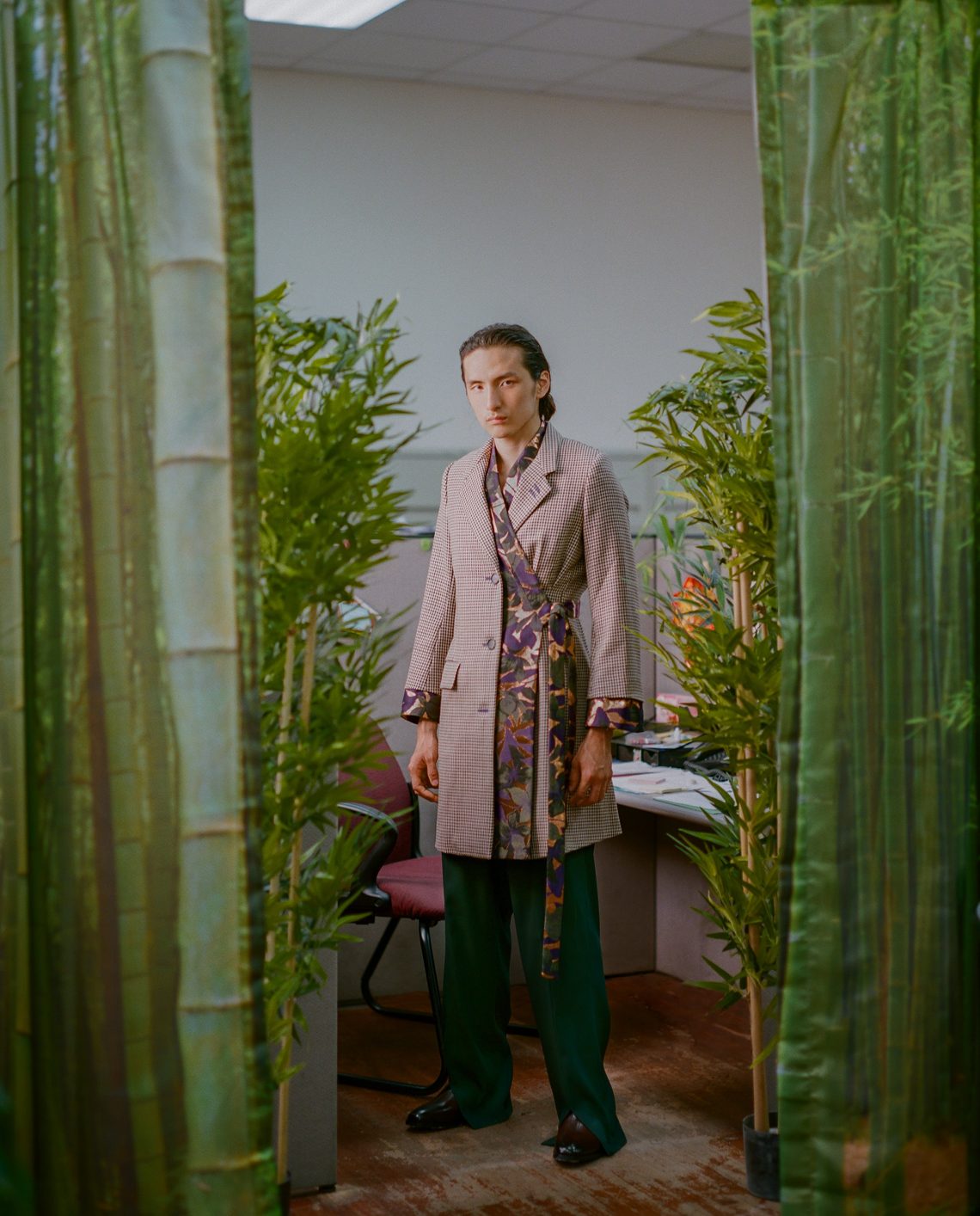
How did you survive these stereotypes personally? Or have you ever came across to these?
I’ve been told that I was attractive for an Asian man and various other micro aggressions that aren’t blatant assaults on my masculinity and belonging; but hidden behind these seemingly harmless statements are deeply embedded stereotypes of how Asian American men are perceived. Being comfortable with my own masculinity and self worth has helped me somewhat overcome these aggressions, but my hope is to educate and bring awareness to a greater audience through my work.
Does your Asian identity play a role in your personal life? Were you always familiar with your heritage?
My Asian identity is rooted in my culture and values, so it informs every aspect of my life from my lifestyle to my relationships with friends, family, and ultimately the work I create. I haven’t always been hyperaware of my identity because I grew up in a predominantly Asian neighborhood in San Francisco. It wasn’t until I visited Mississippi to document a small Chinese population along the Delta that I started to realize that Asian Americans have diverse lived experiences outside of urban metropolitan cities. I became much more curious about my identity and my roots, reading every book and watching every film I could find that would help me delve into my own identity. As a result, I started creating work centered around my experiences as an Asian American man.
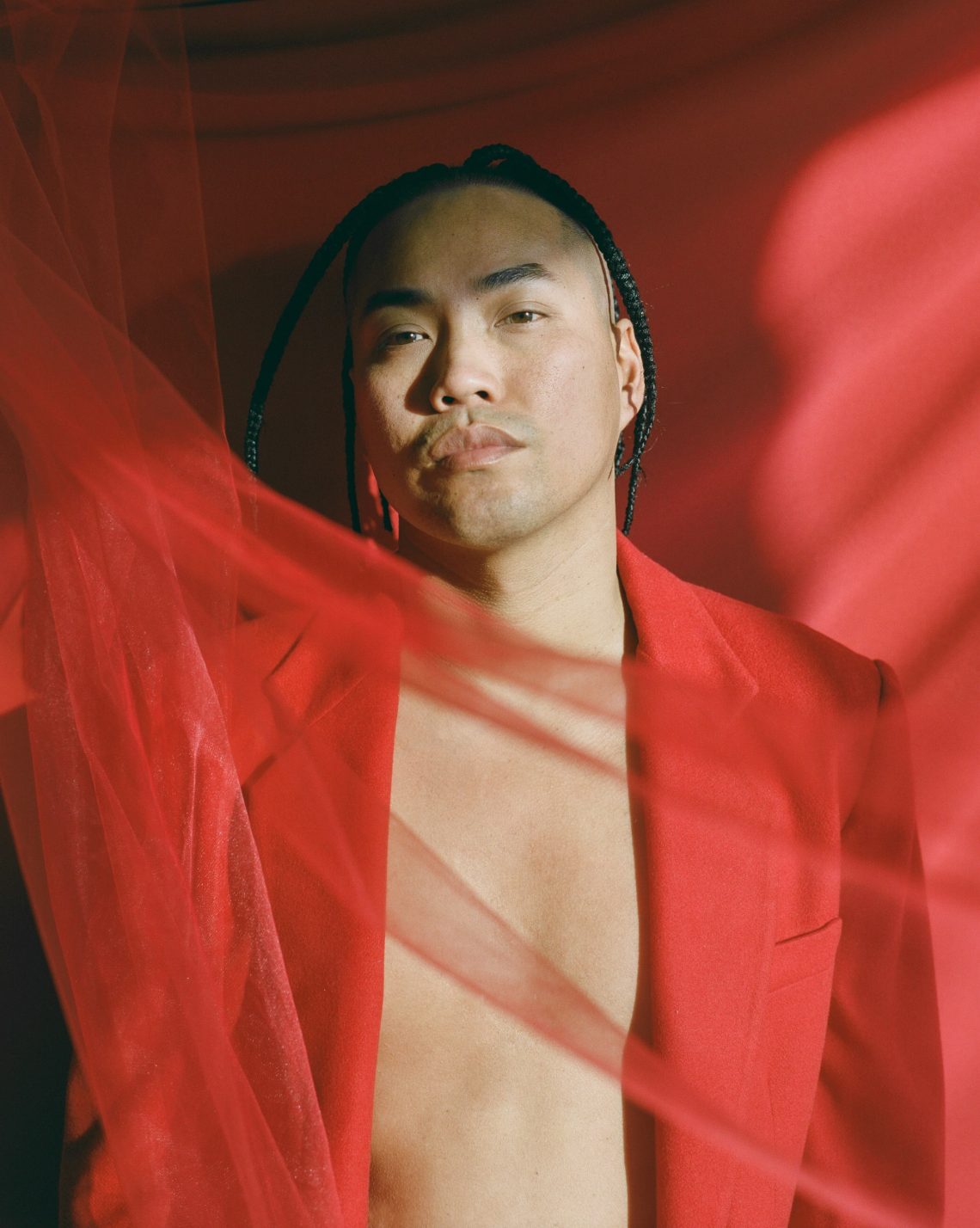
I believe all minority communities have identity based issues in the US – these issues may differ based on race/ethnicity, but our shared experience is facing oppression from a system of racism stemmed from colonization.
Big Little Man by Alex Tizon is one of the inspirations of The All-American as you said in a video. Are there anyone or anything that you felt goosebumps about this topic?
I felt goosebumps when reading Alex Tizon’s book because this was the first time I’ve seen someone comment on the experience of the Asian American man. Someone like Alex was able to put into words what I’ve felt my entire life but was never able to verbalize. Through his memoir and through his interviews and reflections, I felt seen and understood as an Asian American man and I wanted to create a body of work that spoke about my own process of reclaiming my identity and masculinity.
Your photograph series are an instrument which emphasize the Asian-American identity and its problems. Should photography give a message and should be more than art?
The photographers and images that I resonate most with often grapple with complex, nuanced themes – this could be identity based, but also rooted in socio-economic issues like climate change, gender/sexuality, poverty, etc. That’s not to say that all photographers must have embedded meanings in their images – I’ve still seen lovely commercial and editorial images that are beautiful in their own right.
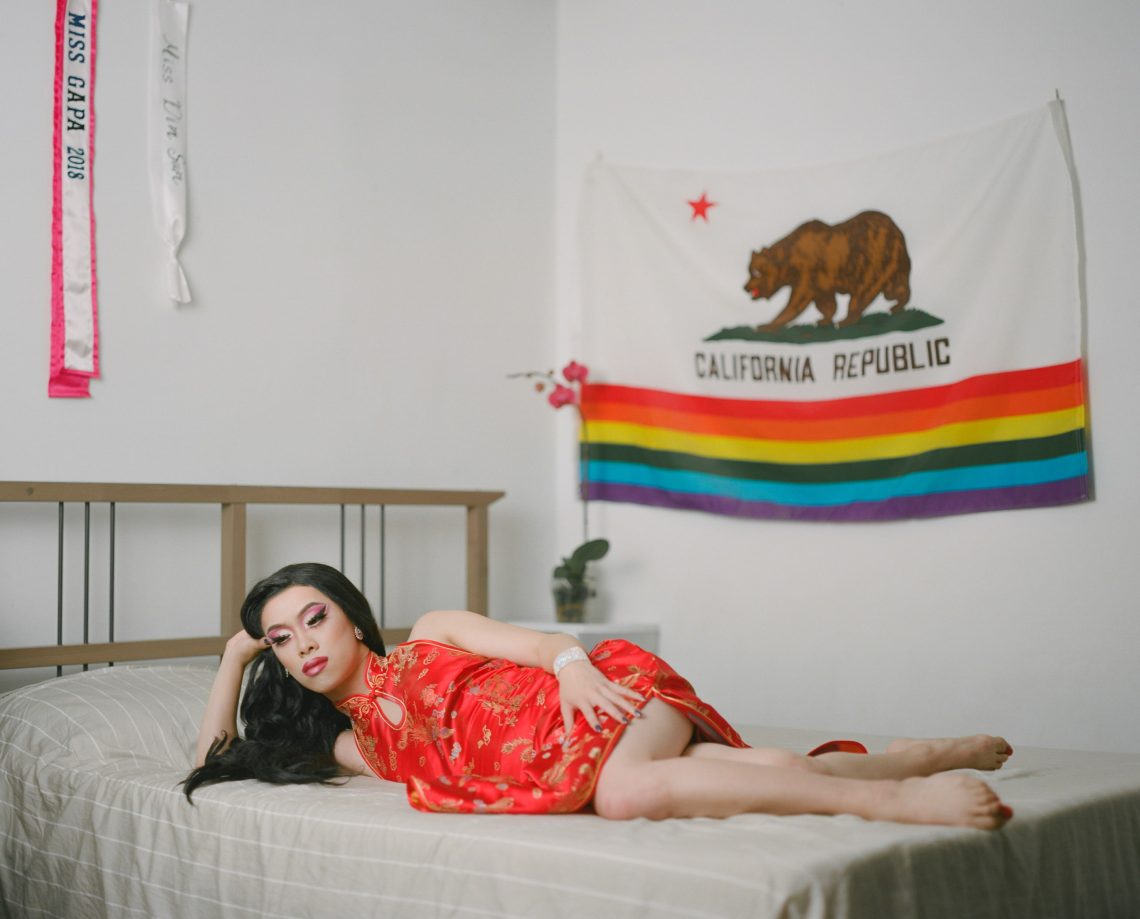
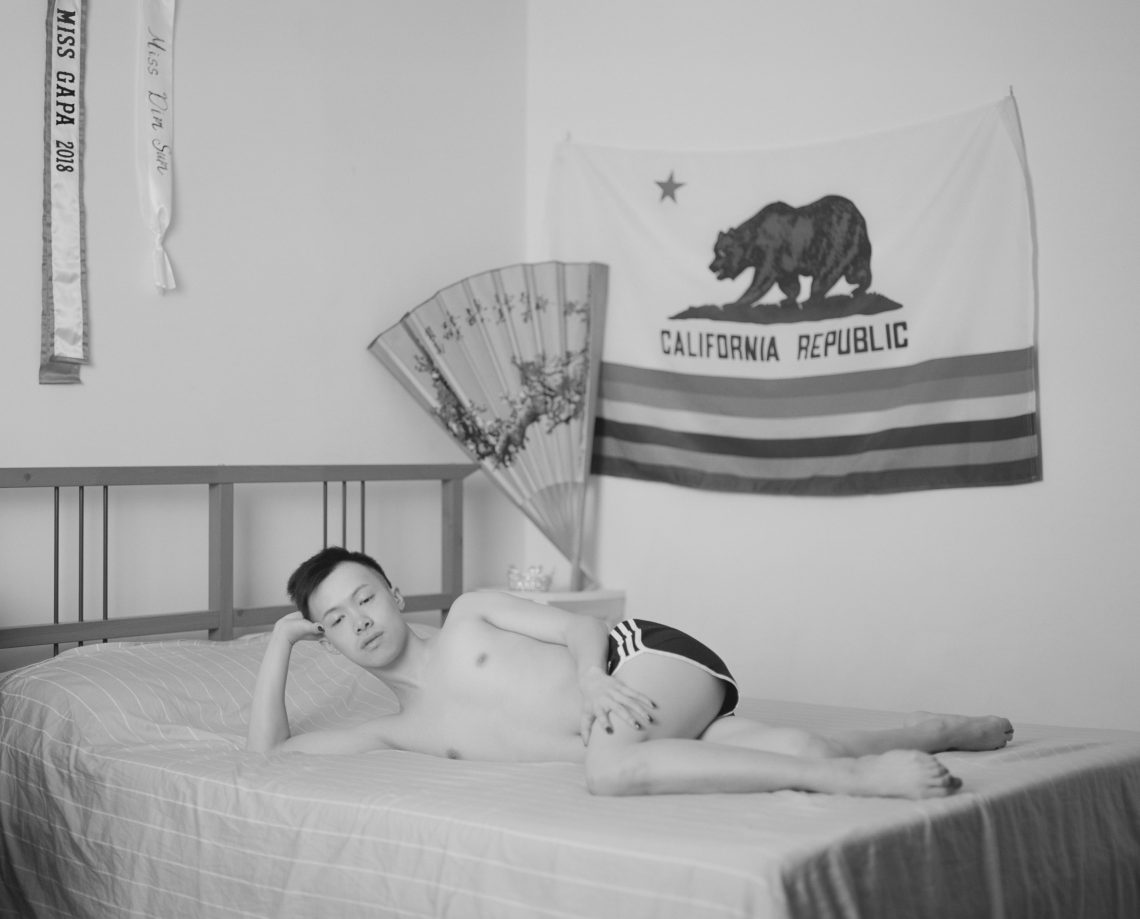
What makes photography different than other arts?
For me, I think photography has a certain staying power. An image is accessible and can resonate deeply with its viewer whether they view it online or in person; like a film, photography has an ability to tell a story. This story can be just as strong as moving images because photographers have been so gifted at creating complex, striking, and nuanced stills that force audiences to really study a single frame.Being comfortable with my own masculinity and self worth has helped me somewhat overcome these aggressions, but my hope is to educate and bring awareness to a greater audience through my work.
Being comfortable with my own masculinity and self worth has helped me somewhat overcome these aggressions, but my hope is to educate and bring awareness to a greater audience through my work.
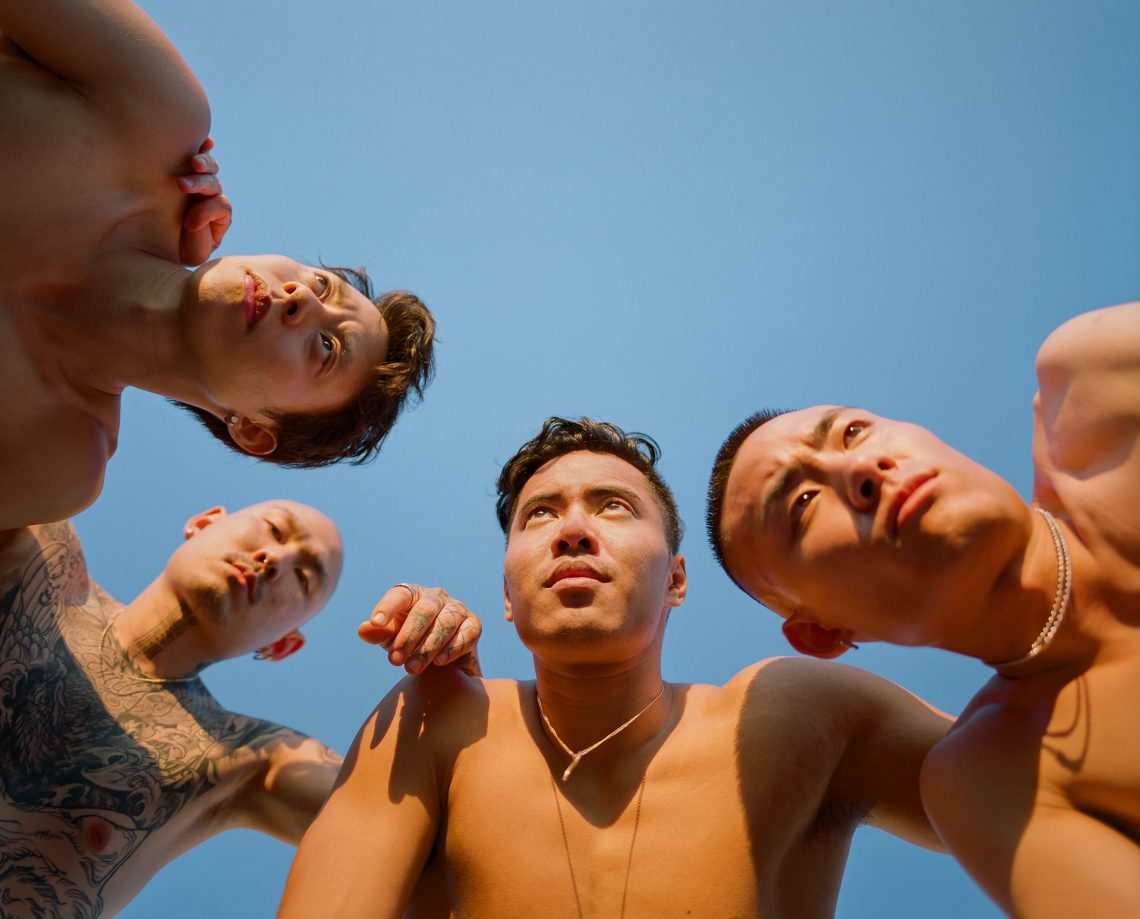
Do you think this identity problem in the US is exclusive just for Asians?
I believe all minority communities have identity based issues in the US – these issues may differ based on race/ethnicity, but our shared experience is facing oppression from a system of racism stemmed from colonization. The more we can speak out about these issues – not just in art – the more people will hopefully develop empathy and understanding about lived experiences outside of their own.
Do you think your mission is complete? When will we see you next in this context
The archive of Asian American stories and images is very small; in addition to creating more work (I’m in the process of creating “The All-American Part II) I hope my contributions span beyond my bodies of work – my goal is to inspire other artists and other Asian Americans to contribute to this archive in their respective talents. For as long as there is anti-Asian hate and discrimination, our work is never over. There are always different ways to visualize and circle around the same themes; the goal is ultimately visual plentitude – creating so much work that addresses topics within the Asian American community that it becomes the norm rather than an outlier.